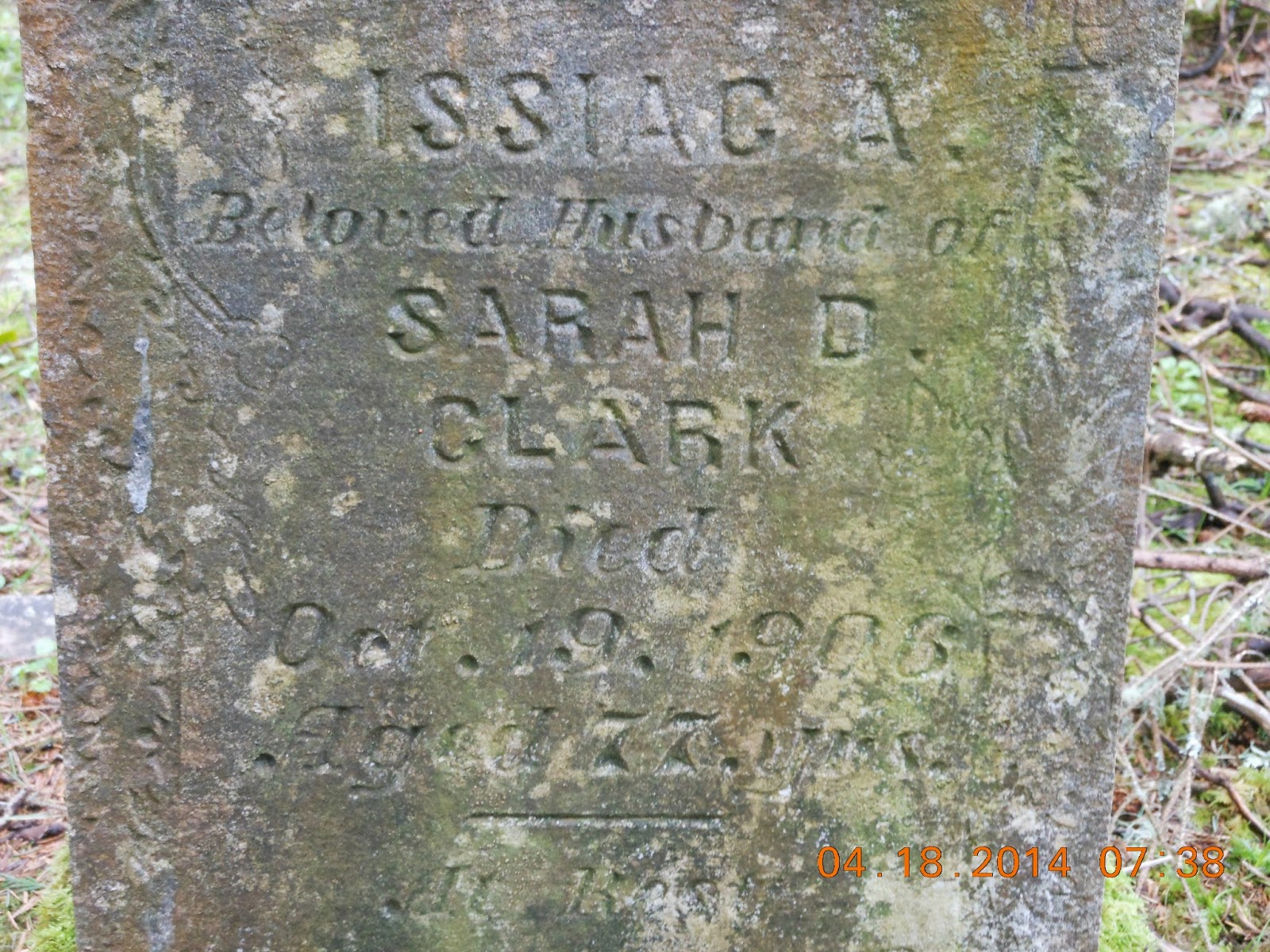
Oysterville was first settled in 1841 by John Douglas, who married a local Chinook woman. Oysterville was established and named in 1854 by J.A. Clark. It was a hub of oyster farming as the name suggests. It was the seat of Pacific County until the seat was relocated to South Bend in 1893.
In a county seat war, on February 3, 1893, all of the county records and books were stolen in order to move the county seat from Oysterville to South Bend, Washington. However, it had been agreed upon that the seat would be moved to South Bend. There is a sign telling the story of this incident across from the historical Oysterville school.
The town has several historic buildings, including a school house and historic homes, many built prior to 1880. Most of the buildings in this once prosperous town have been lost to the sea and the elements.
The schoolhouse has been maintained very well. Unfortunately, it was not opened when we got this pictures. Oysterville has a very colorful history and we enjoyed learning about it.
The old, beautiful church is still used. The grounds are nicely kept. A little information about the Courthouse. Some more interesting history.

The current residents have been amazing in preserving the historial buildings as well as adding their personal touch to the beautiful gardens.
Pictures of some of the historical homes in Oysterville.
Begun in 1858 on land donated by F.C. Davis, the old section of the cemetery contains the graves of many pioneer families. Near the entrance is the grave of Chief Nahcati who befriended R. H. Espy and showed him the oyster beds and for whom Nahcotta, a village three miles south of here, is named. Just to the south, near the marker which reads "And the sea gave up its dead..." are the graves of unknown sailors who washed ashore nearby in the early days of Oysterville.






























No comments:
Post a Comment